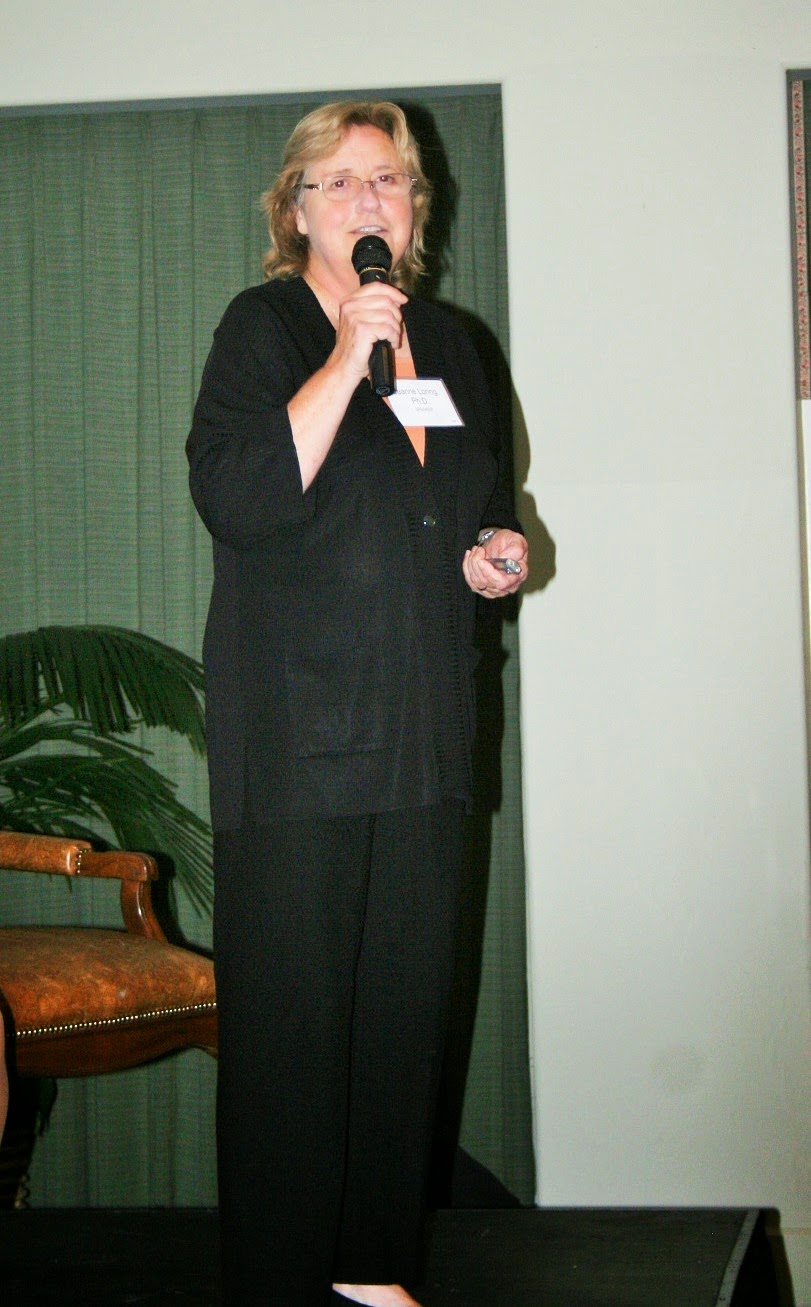Supporting Parkinson's Disease Awareness Month
Back in November, The Doris A. Howell Foundation hosted a panel of experts that discussed the latest research, alternative treatment and caring for a Parkinson's disease patient. We learned about the efforts from the Parkinson's Association to raise funds to continue financing and advancing Parkinson's Disease research.
According to the Parkinson's Disease Association and the National Parkinson Foundation:
- Parkinson's Disease is the second-most common neurodegenerative disorder in the United States (Alzheimer's being the number one).
- 60,000 Americans are diagnosed with Parkinson's Disease every year; that is 6 cases per hour, 164 cases per day.
- 1.6% of people over 65 will be diagnosed with Parkinson's Disease.
- The economic burden of Parkinson's Disease is estimated to be around $14.4 billion a year in the US, and is expected to double by 2040.
Key differences between men and women in the diagnosis and treatment of Parkinson's disease can be found in this article written by Christine Case-Lo. Some of the differences between men and women when coping with this illness include:
- While men show slow or rigid movement as the main symptom, women typically show more of a tremor
- Women get surgery less often than men to mitigate the symptoms; and women who do get surgery show less improvement than men
- Women are typically prescribed with higher doses of medication
- While men will typically show behavioral problems such as aggression, women will have a higher incidence of depression
Although much of how to prevent the disease is still unknown, some research has shown that eating a healthy diet similar to the Mediterranean diet -- that includes more fruits and vegetables, food high in fiber and fish-- and (thank goodness!) caffeine might help develop some protection against Parkinson's Disease.
---------------
About the Doris A. Howell Foundation:
The Doris A. Howell Foundation for Women’s Health Research is committed to keeping the women we love healthy, advancing women’s health through research and educating women to be catalysts for improving family health in the community.
The organization does so by funding scholarships to scientists researching issues affecting women’s health; providing a forum for medical experts, scientists, doctors, researchers, and authors to convey the timely information on topics relevant to women’s health and the health. of their families through its Lecture and Evening Series, and by funding research initiatives that will create women’s health awareness and advocacy in the community through its Community Engagement Initiative.
---------------
Sources: About the Doris A. Howell Foundation:
The Doris A. Howell Foundation for Women’s Health Research is committed to keeping the women we love healthy, advancing women’s health through research and educating women to be catalysts for improving family health in the community.
The organization does so by funding scholarships to scientists researching issues affecting women’s health; providing a forum for medical experts, scientists, doctors, researchers, and authors to convey the timely information on topics relevant to women’s health and the health. of their families through its Lecture and Evening Series, and by funding research initiatives that will create women’s health awareness and advocacy in the community through its Community Engagement Initiative.
---------------
http://www.parkinson.org/About-Us/Press-Room/Press-Releases/2013/February/NPF-Statement-on-the-Economic-Burden-of-Parkinson-
http://www.ncbi.nlm.nih.gov/pubmed/15026515
http://www.healthline.com/health-slideshow/parkinsons-symptoms-men-women#1
http://www.mayoclinic.org/diseases-conditions/parkinsons-disease/basics/prevention/con-20028488
http://onlinelibrary.wiley.com/doi/10.1002/mds.25292/abstract




Comments
Post a Comment